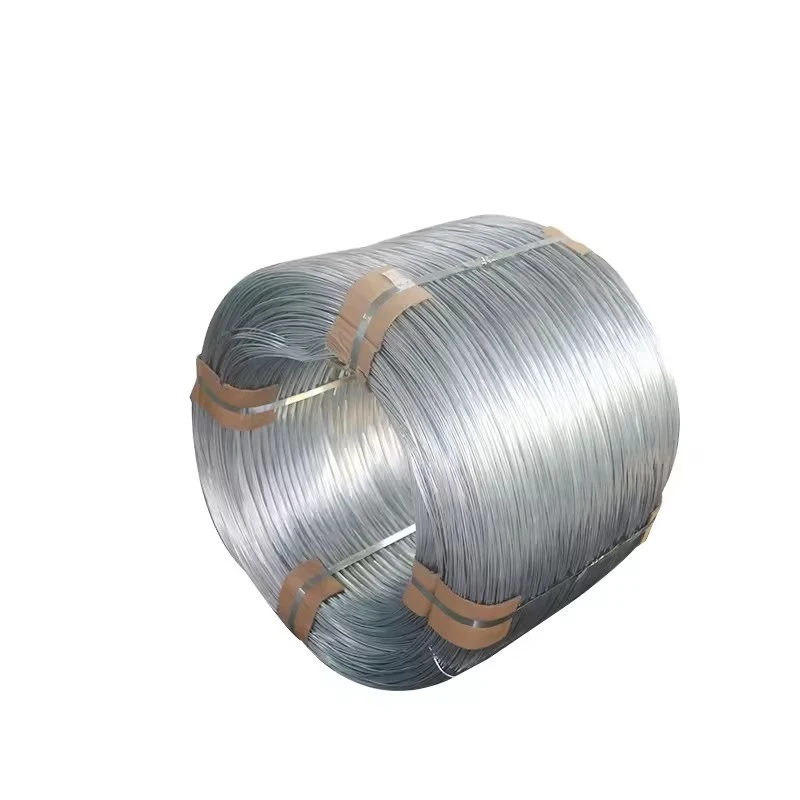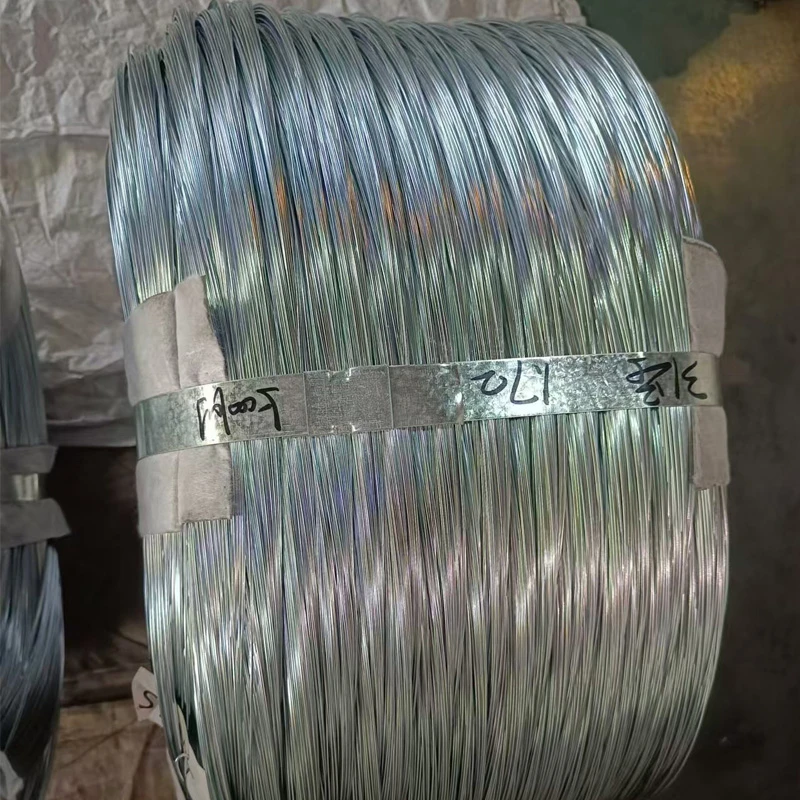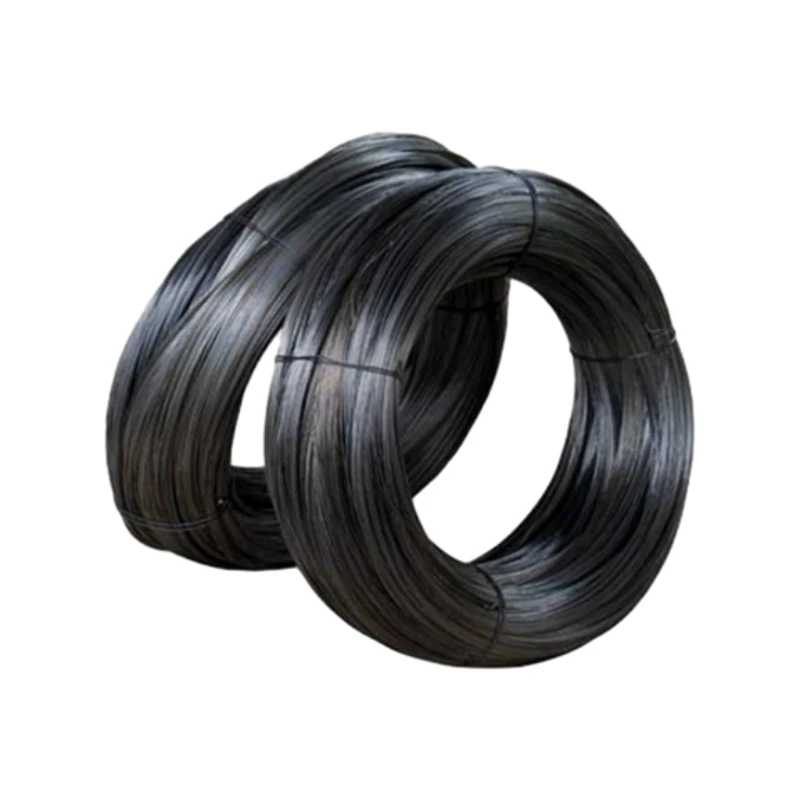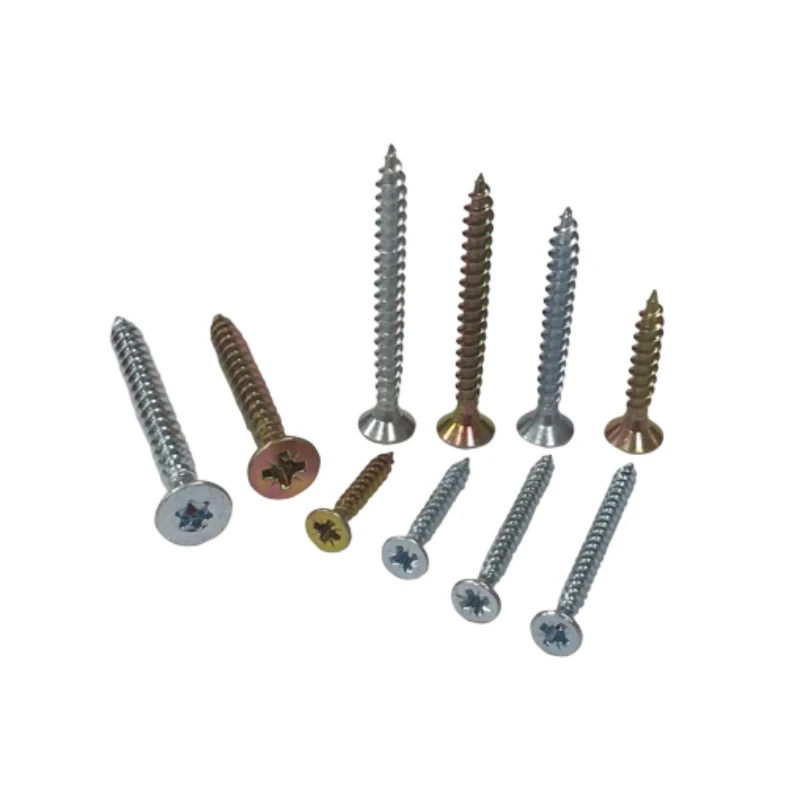
Talk With Us
+86-13601661296
Email Address
admin@sxjbradnail.com16 Common Nail Durable & Versatile Fastening Solution for Construction
- Introduction: Understanding the Purpose and Types of 16 Common Nail
- Technical Superiority and Material Innovations of Modern Nails
- Marketplace Manufacturer Comparison for Quality Assurance
- Sinker Nail vs Common Nail: Structural and Practical Differences
- Finishing Nail vs Common Nail: Analyzing Appearance and Usage
- Concrete Nail vs Common Nail: Specialized Applications Explored
- Conclusion: Driving Excellence with the Right 16 Common Nail Solutions
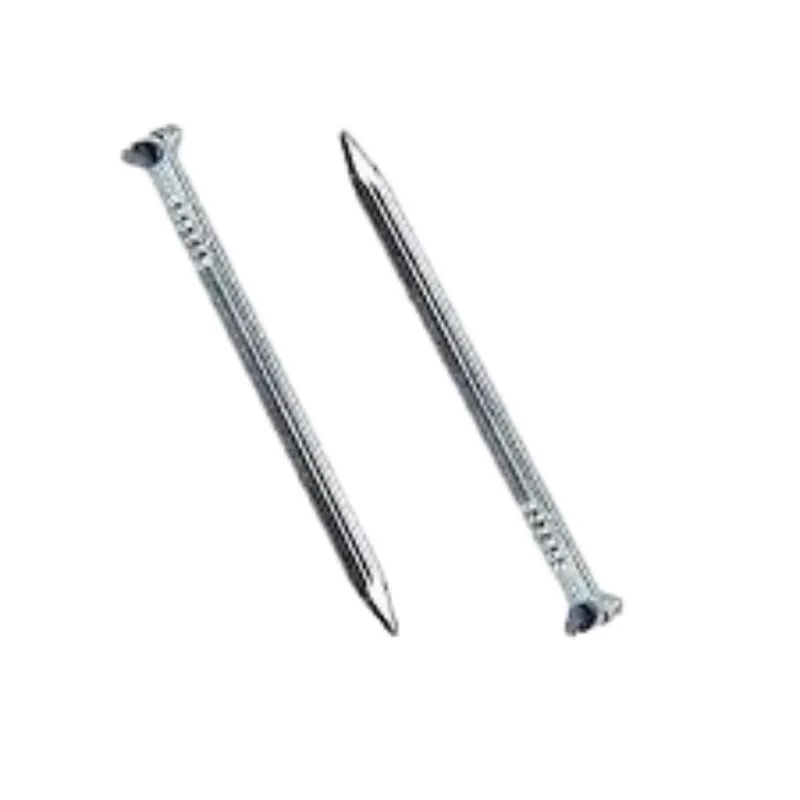
(16 common nail)
Introduction: Defining the 16 Common Nail and Its Industry Role
The 16 common nail
stands as a fundamental component in the world of construction and carpentry. This versatile fastener typically measures 3.5 inches in length and has a diameter of approximately 0.162 inches, making it ideal for framing and structural joining according to the American Wire Gauge (AWG) standards. As of 2023, global demand for common nails in the building sector exceeds 850,000 tons annually, reflecting the robust growth in housing and commercial development. More than 65% of this demand specifically focuses on nails such as the 16d common, confirming its centrality in wood-to-wood construction. This overview will explore not only the technical merits and distinctions of the 16 common nail, but also data-driven manufacturer evaluations and scenario-based application guidelines.
Technical Superiority and Material Innovations of Modern Nails
The evolution of the common nail has been marked by significant technological advancements, especially in metallurgy and coating processes. High-grade steel is now standard for leading 16 common nails, with tensile strengths of 70,000 psi and shear strengths up to 37,000 psi, outperforming earlier low-carbon variants by over 40%. Galvanization and vinyl coatings now comprise over 80% of market offerings, delivering corrosion resistance that has quadrupled typical outdoor lifespan—extending resilience from 5 to upward of 20 years in rigorous ASTM B117 salt spray tests. International certifications such as ISO 16160 and ASTM F1667 further guarantee uniformity and safety, reinforcing the reliability expected by contractors and project engineers.
Marketplace Manufacturer Comparison for Quality Assurance
To provide a clear view of supplier excellence, consider the technical specifications from three leading manufacturers, as detailed below. This table consolidates critical metrics—shear strength, corrosion resistance, diameter consistency, and custom coating availability—reflecting the stringent standards adhered to in the industry:
| Manufacturer | Shear Strength | Corrosion Resistance (ASTM B117) | Diameter Consistency | Custom Coating Options |
|---|---|---|---|---|
| GripFix Global | 37,200 psi | 20 years (galvanized) | ±0.02 mm | Yes (Epoxy, Hot-Dip Galvanized) |
| HardFast Industries | 35,800 psi | 17 years (electroplated) | ±0.03 mm | Yes (Vinyl, Zinc) |
| Pinnacle Metals | 36,500 psi | 15 years (uncoated) | ±0.05 mm | Limited |
These figures highlight why material sourcing and supplier vetting are critical phases in construction project management, ensuring every 16 common nail meets regulatory and safety benchmarks.
Sinker Nail vs Common Nail: Structural and Practical Differences
Choosing between a sinker nail and a common nail can influence material longevity and assembly speed. The sinker nail, typically shorter and thinner (0.148’’ diameter for a 16d sinker), features a vinyl coating for easier driving and reduced splitting, while the common nail prioritizes holding power due to its larger shank. The following table outlines their comparative attributes:
| Criteria | Common Nail | Sinker Nail |
|---|---|---|
| Head Type | Flat, wide | Countersunk, textured |
| Diameter (16d Size) | 0.162" | 0.148" |
| Driving Resistance | Moderate | Low (due to coating) |
| Application | Framing, general construction | Sheathing, subfloor |
For high-volume structural projects, common nails provide greater holding strength, but sinkers are often preferred in engineered wood to minimize surface damage.
Finishing Nail vs Common Nail: Analyzing Appearance and Usage
A key contrast unfolds when examining finishing nails versus common nails. Whereas the common nail is engineered for structural bonds and visible strength, finishing nails are designed for subtlety and easy concealment. Their slender shanks—often 0.072" to 0.099"—and small heads make them ideal for trim work, cabinetry, and molding. Finishing nails are generally not recommended for load-bearing projects, as their holding capacity is 30-50% lower compared to a 16 common nail. Yet, their increased maneuverability and smooth finish allow for quick painting or staining without risk of splitting. Data from North American renovation surveys shows that finishing nails reduce repair and touch-up times by up to 40%, crucial for high-efficiency trades.
Concrete Nail vs Common Nail: Specialized Applications Explored
Concrete nails and common nails demonstrate noteworthy differences due to their environments of use. Concrete nails employ higher-carbon, heat-treated steel, reaching hardness ratings of 52-56 HRC (Rockwell scale) to penetrate masonry or block. Their fluted, sometimes grooved, shafts further improve friction and anchoring. By contrast, even a robust 16 common nail will bend or break under similar stresses. Industry trials show failure rates for common nails in concrete applications at over 95%, versus under 7% for properly specified concrete nails. For mixed substrate applications—such as connecting wood sill plates to concrete—the use of specialized nails mitigates long-term safety risks and costly callbacks.
Conclusion: Advancing Construction Efficiency with the 16 Common Nail
Selecting the right 16 common nail is instrumental in advancing project timelines, cost efficiencies, and safety standards in the construction industry. With enhanced manufacturing benchmarks, rigorous supplier comparison, and tailored nail solutions for diverse substrate challenges, contractors and designers are now empowered to specify nails with surgical accuracy. The application of comparative data—from strength metrics to specialty coatings and substrate compatibility—underscores the pivotal role that these seemingly simple fasteners play in the built environment. For bespoke needs, industry leaders now offer customized bundles and even digital inventory tracking, ensuring that every nail driven is a step toward lasting quality and engineering excellence.
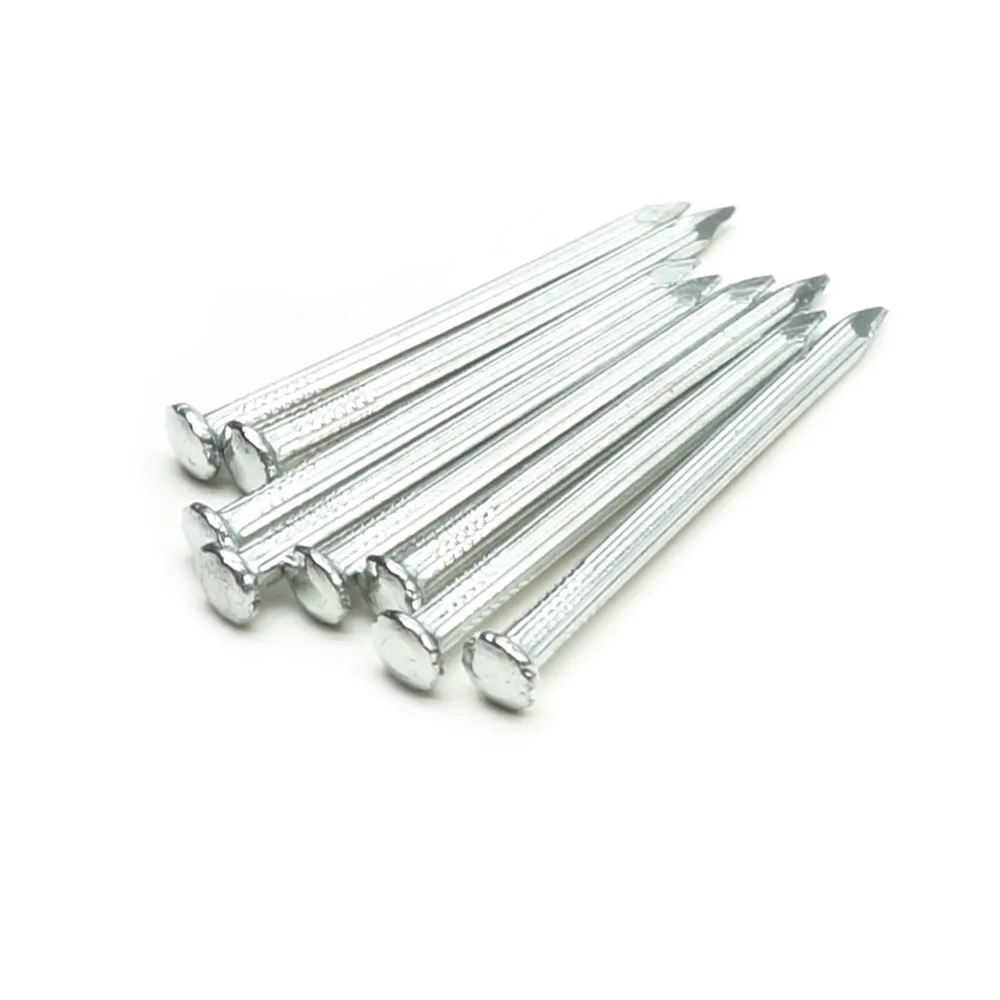
(16 common nail)
FAQS on 16 common nail
Q: What is a 16 common nail?
A: A 16 common nail is a type of steel nail commonly used in wood framing and construction. It typically measures 3.5 inches in length. The "16" refers to its "penny size."Q: How does a sinker nail differ from a 16 common nail?
A: Sinker nails are thinner, have a smaller head, and often feature a vinyl coating for easier driving compared to common nails. A 16 common nail is thicker and used for heavier framing tasks. Sinker nails are preferred for easier, cleaner nailing.Q: What is the main difference between a finishing nail and a 16 common nail?
A: Finishing nails have small heads and are used for detailed woodwork where appearance matters. In contrast, 16 common nails have larger heads for structural strength. Finishing nails are less visible once driven.Q: Can I use a 16 common nail for concrete work?
A: No, a 16 common nail is not designed for use in concrete. Concrete nails are specifically hardened to penetrate concrete or masonry. Using a common nail in concrete will likely bend or break the nail.Q: What projects are best suited for 16 common nails?
A: 16 common nails are ideal for general wood framing, construction, and carpentry. They provide strong holding power for structural joints. Avoid using them where a smooth, finished appearance is required.-
20 Gauge 3/16 Crown Staples: Premium Fasteners for UpholsteryNewsAug.27,2025
-
90 Series Staples: Premium 18ga Narrow Crown FastenersNewsAug.26,2025
-
Precision 90 Series Staples - 18GA Narrow Crown, 10-38mmNewsAug.21,2025
-
Secure & Strong Fine Thread Drywall Screws for DrywallNewsAug.19,2025
-
21 Gauge 1/2 Inch Crown 84 Series Fine Wire Staple-Baoding Yongweichangsheng Metal Produce Co., Ltd.|Precision Engineering&Corrosion ResistanceNewsAug.18,2025
-
21 Gauge 1/2 Inch Crown 84 Series Fine Wire Staple - Baoding Yongweichangsheng Metal Produce Co., Ltd.NewsAug.18,2025

